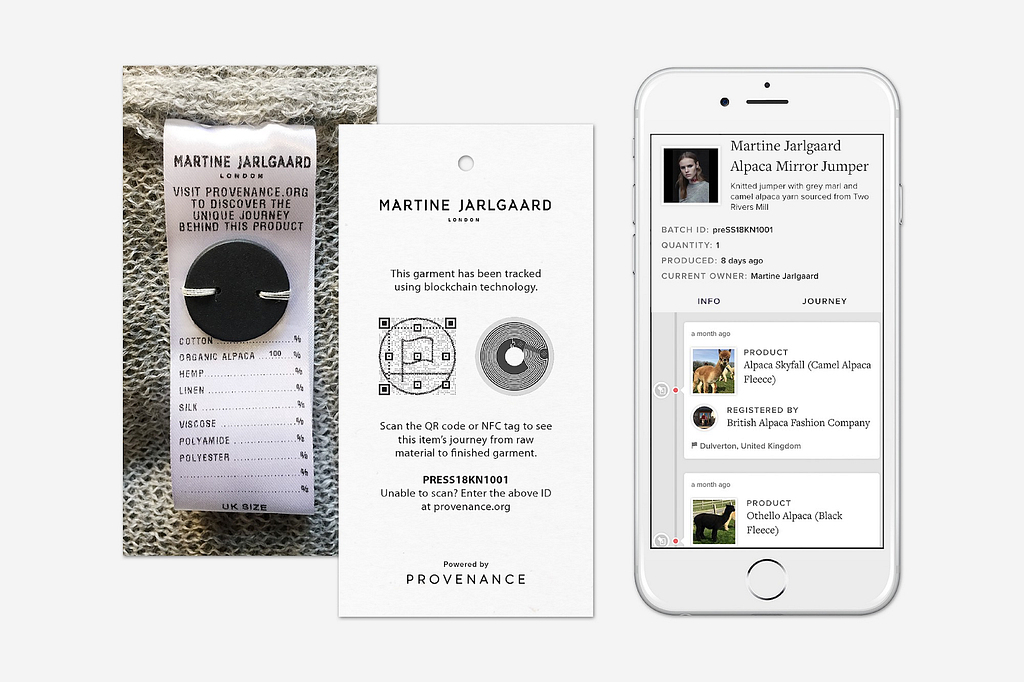Latest news about Bitcoin and all cryptocurrencies. Your daily crypto news habit.
 Source: https://pexels.com/
Source: https://pexels.com/
When glamour meets tech, the corollary is very widely accepted by people over the world even though tech-enabled fabric would cost a little extra.
Most of the big brands today are changing the course of conventional (less blinkered) fashion towards a more outré fashion. Recently Levis launched a SUPER DOPE smart jacket in collaboration with Google specially for people who commute on a bike. It costs $350 (certainly more than an average person would spend on jacket) yet it is gaining a lot of popularity. You can listen to music, enable google maps, answer phone calls and enable text on your jacket while on-go.
Do check out this awesome video to get more insights into the jacket. Keeping the tech aside, I must admit that the jacket looks hot!
As I see it, the entire culture is shifting its pace and methods to infuse technology and related trends with it. The new way to survive is to adopt technology. Probably this is why most sports gear brand (like Nike) endorse themselves as more of a tech company than an apparel company. Nike is constantly coming up with radical solutions with state-of-the-art sensors to measure heart rate, speed, calories burnt, distance run while performing any activity.
The above case study was a typical example of Internet of Things (IoT) in fashion. Let’s see how Artificial Intelligence (AI) can revolutionise fashion. When I walk into Marks & Spencer, I see a myriad of options not knowing where to go. Also, FOMO clouds my judgment. What would it be like if M&S installs a kiosk in every section where customer can choose the type of fabric they want, the colour, the size et al — and the kiosk tells the customer what the store currently holds! It is like shopping on a mobile app but being physically in the store. Such a solution would certainly change my life and definitely save heck lot of time!
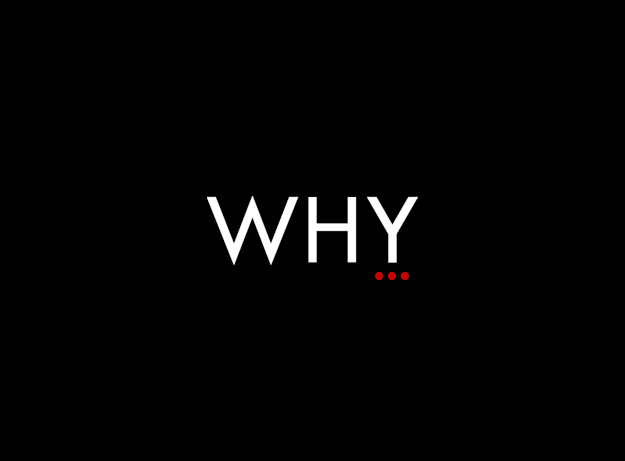 Source: http://westhartfordyoga.com/
Source: http://westhartfordyoga.com/
That’s because data is now the most desirable business model. And the companies that will thrive in the coming years are those that can reinvent themselves to keep up with changes in technology and society.
In both the examples mentioned above, the company making use of the technology is collecting tons and tons of data on which big data tech can be applied to know what customers like at what point of time. Such a solution can also help the brand with inventory management.
I haven’t mentioned about blockchain example because the next section will be all about that!
So now we how truly revolutionising tech can be in the fashion industry. Let’s concretise this idea more by diving deep into blockchain use-cases.
Where Fashion meets Blockchain…
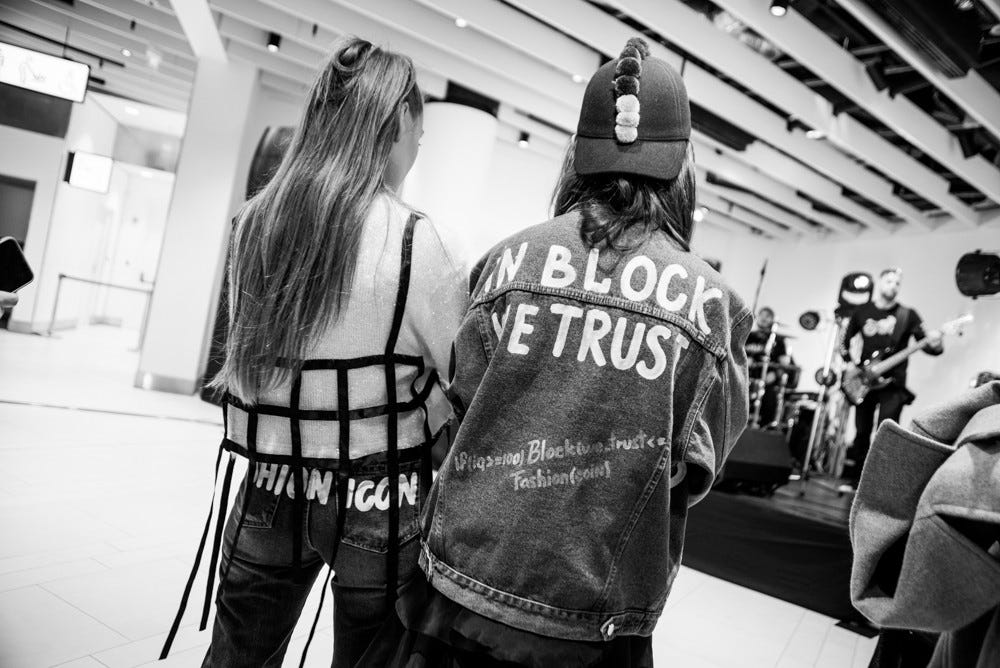 Source: https://fashnerd.com/Why Blockchain, why not a regular database?
Source: https://fashnerd.com/Why Blockchain, why not a regular database?
Blockchain critics love to replace blockchain with a regular database even in the most perfect of usecases. What makes blockchain unique is that the data once written onto the ledger can’t ever be changed. It won’t change even if God wants it to change. This means, nobody is more powerful than the other in a blockchain world. Only truth will triumph. Secondly, it is truly decentralised and distributed in nature so everyone can see what exactly is going on. There is NO centralised authority responsible to share the data. This means nobody owns the data. This concept is super powerful when people with dirty hands try to change “facts” just because they can.
Rationale of 1st use case:
Blockchain’s novelty engenders from its unique ability to bridge the gap between physical world and digital world (tokenisation) to create a REAL digital identity on the blockchain. Often, a cryptographic hash or “serial number” is the primary physical identifier which can be traced back to the product. This concept precludes manufacturing of counterfeit items because a “fake” hash can’t be generated. This gives rise to another use-case which we will discuss soon.
Rationale of 2nd use case:
Consider the most famous tag in the fashion world: MADE IN _______. Who knows if the place mentioned on the tag is actually the place where it was made? Who knows if they just print any amazeballs place just to sell more?Let’s see how blockchain can prevent this from happening!
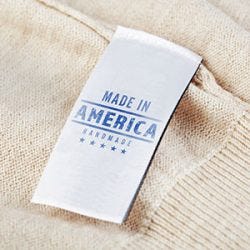 Source: https://www.finder.com/Rationale of 3rd use case:
Source: https://www.finder.com/Rationale of 3rd use case:
There are so many social activist groups lambasting big fashion brands for harming animals, environment, or for unethical practices. A lot of consumers are also chary of buying anything that is made of animal skin. So, how about a concept where users know where exactly is the product they are purchasing coming from? Imagine the information about history of provenance is just a QR code scan away? We will explore this use-case too.
Rationale of 4th use case: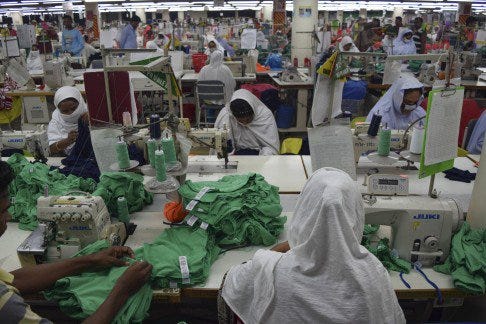
The true cost of your cheap clothes: slave wages for Bangladesh factory workers
So many talented people dwell in remote places making intricate fabrics of great value. Most of the times, large fashion brands hire these poor people at a very low wage. This is practically exploiting people in an oppressive way. What if blockchain can empower people in fashion? How about clothing production moves back to the local, distributed hubs? Let’s see the philanthropic side of blockchain too.
#1, #2, #3 solution:
In 2017, London designer Martine Jarlgaard, in collaboration with the blockchain company Provenance, took the initiative to produce the unprecedented “smart labels”. The consumer can scan the clothing item to see every step in the production process ranging from raw material to final product. This kind of transparency will likely be a selling point for consumers who increasingly want to know how and where their clothes are made.
What is seen upon scanning the QR code can be found here:
Martine Jarlgaard Alpaca Mirror Jumper | Provenance
The entire history of all the owners of the product can be seen here. This is running on Ethereum’s Kovan Test net. On etherscan, it can be seen here on this link.
https://kovan.etherscan.io/address/0x2fb1d92d6891d7bcfeb88cd9558b86ee14703f69#internaltx
Check out Martine Jarlgaard here.
This proves that the product is authentic, it proves where it is coming from, it puts forward the whole lifecycle of the clothing item rendering 100% transparency which is currently 100% opaque.
Some other related niche industries which use the same concept are:
- De Beers, the world’s biggest diamond producer utilizes Everledgerblockchain-based technology to track source and verify authenticity of the diamonds at each point of distribution.
- A London-based blockchain start up Block Verify claims to be potentially applied in such diverse areas as pharmaceuticals, luxury items, diamonds and electronics. Their technology is trained to identify counterfeit products, track diverted goods, stolen merchandise and fraudulent transactions.
- Alibaba is preventing counterfeiting by developing a blockchain application to track its products. Every time a product moves from one place to another, its code or tag will be scanned, recording its location with a time stamp. Purchasers will be able to scan the product and trace its journey from the factory to their front door — and to verify whether a branded watch or handbag is the real thing or a counterfeit.
#4 solution:
At the end of the tunnel, there’s light. Likewise, the end result of blockchain is to integrate and include people in the economy who have been neglected till now. A dApp can be created for the people who are living in a deplorable condition to give them a livelihood. Since blockchain enables P2P trade inherently, there is no need for middlemen in the middle. People can directly buy from people rather than the brands. This would certainly take production back to the local, distributed hubs.
 Source: http://www.malindikenya.netWith this, I sum up my insights into the blockchain and fashion world. If you have any suggestions, please mention in the comments below or mail me at niharika.3297@gmail.com
Source: http://www.malindikenya.netWith this, I sum up my insights into the blockchain and fashion world. If you have any suggestions, please mention in the comments below or mail me at niharika.3297@gmail.com
Blockchain and Fashion Industry was originally published in Hacker Noon on Medium, where people are continuing the conversation by highlighting and responding to this story.
Disclaimer
The views and opinions expressed in this article are solely those of the authors and do not reflect the views of Bitcoin Insider. Every investment and trading move involves risk - this is especially true for cryptocurrencies given their volatility. We strongly advise our readers to conduct their own research when making a decision.

